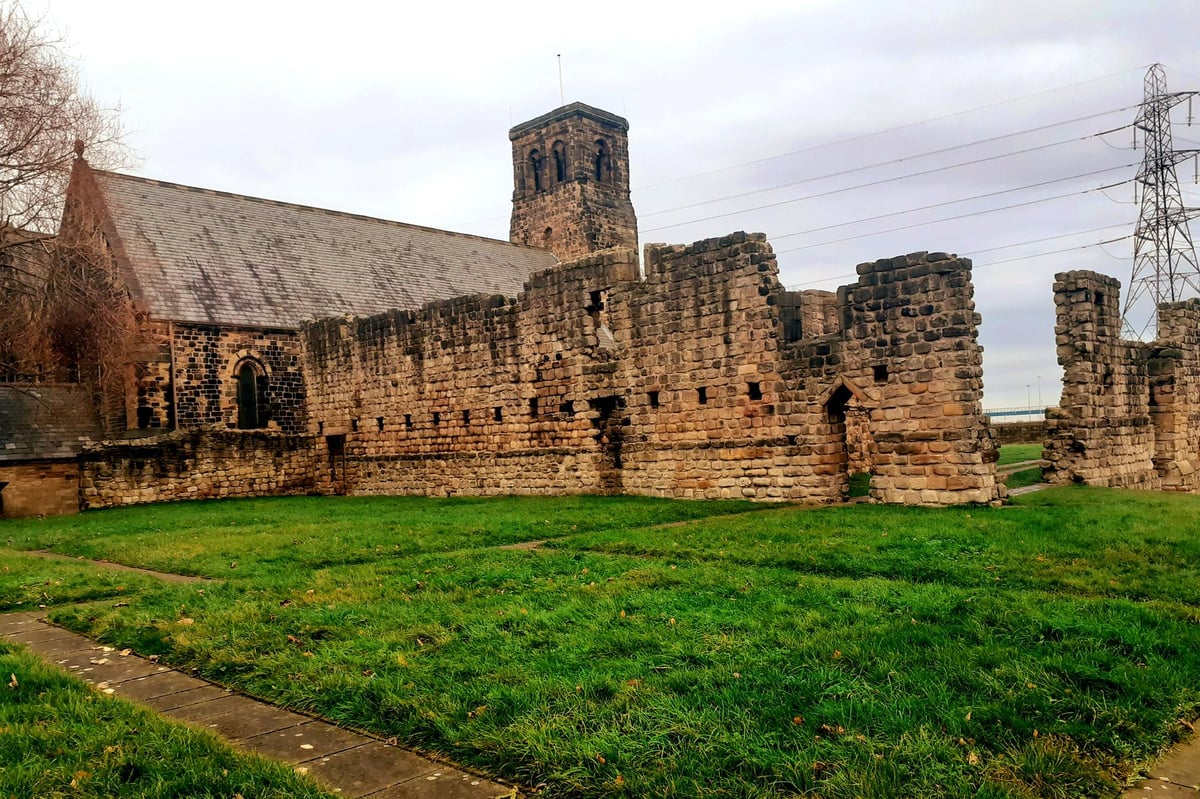
St Paul's Monastery in Jarrow is a treasure trove of history and culture. Founded in 681 AD by Benedict Biscop, this ancient site has witnessed centuries of change. Did you know that it houses one of the oldest stained glass windows in the world? This monastery played a crucial role in the spread of Christianity across England. Bede the Venerable, a renowned scholar and monk, spent his life here, penning works that still influence modern thought. The monastery's library once held an impressive collection of manuscripts, making it a center of learning. Today, visitors can explore its ruins and imagine life in medieval times. Ready to learn more about this fascinating place? Let's dive into 15 intriguing facts about St Paul's Monastery, Jarrow.
St Paul's Monastery: A Historical Gem
St Paul's Monastery in Jarrow, England, is a site rich in history and culture. This ancient monastery has witnessed centuries of change and remains a significant landmark. Let's delve into some fascinating facts about this historic site.
The Origins of St Paul's Monastery
The beginnings of St Paul's Monastery are deeply rooted in early medieval history.
- Founded in 674 AD: The monastery was established by Benedict Biscop, a Northumbrian nobleman who dedicated his life to spreading Christianity.
- Twin Monastery: St Paul's was part of a twin monastery, paired with St Peter's in Wearmouth. Both were founded by Benedict Biscop.
- Roman Influence: Benedict Biscop brought craftsmen from Gaul (modern-day France) to build the monastery in the Roman style, showcasing the influence of Roman architecture.
Architectural Marvels
The architecture of St Paul's Monastery is a testament to the craftsmanship of the early medieval period.
- Anglo-Saxon Church: The original church, built in 685 AD, still stands today. It is one of the oldest surviving churches in England.
- Saxon Sundial: A unique feature of the monastery is its Saxon sundial, which dates back to the 7th century. It is one of the oldest timekeeping devices in the UK.
- Stained Glass: The monastery boasts some of the earliest examples of stained glass in England, brought over by Benedict Biscop from France.
The Monastic Life
Life at St Paul's Monastery was centered around religious devotion and scholarly pursuits.
- Bede the Venerable: One of the most famous residents was Bede, a monk who became one of the greatest scholars of his time. He wrote "The Ecclesiastical History of the English People" here.
- Scriptorium: The monastery had a scriptorium where monks meticulously copied manuscripts, preserving many ancient texts.
- Library: Benedict Biscop amassed a vast library of books and manuscripts, making the monastery a center of learning.
Historical Significance
St Paul's Monastery played a crucial role in the religious and cultural development of medieval England.
- Christianity's Spread: The monastery was instrumental in spreading Christianity throughout Northumbria and beyond.
- Viking Raids: Despite its peaceful purpose, the monastery was not immune to Viking raids. It was attacked and plundered in the 9th century.
- UNESCO World Heritage Site: In 1987, St Paul's Monastery, along with St Peter's in Wearmouth, was designated a UNESCO World Heritage Site, recognizing its historical importance.
Modern-Day St Paul's Monastery
Today, St Paul's Monastery continues to be a place of interest and reverence.
- Visitor Attraction: The monastery is open to the public and attracts thousands of visitors each year who come to explore its rich history.
- Educational Programs: Various educational programs and tours are offered to teach visitors about the monastery's historical and cultural significance.
- Preservation Efforts: Ongoing preservation efforts ensure that this historical gem remains intact for future generations to appreciate.
Final Glimpse at St Paul's Monastery
St Paul's Monastery in Jarrow stands as a testament to history's resilience and the enduring spirit of learning and faith. From its founding by Benedict Biscop to its role in the creation of the Codex Amiatinus, this site has witnessed pivotal moments. The Venerable Bede, one of the most influential scholars of his time, called this place home, contributing significantly to our understanding of early medieval Europe.
The monastery's architecture, with its blend of Anglo-Saxon and Norman styles, offers a visual journey through centuries. Its survival through Viking raids, dissolution, and modern restoration efforts speaks volumes about its importance. Visiting St Paul's isn't just a trip to a historical site; it's a walk through the pages of history, offering insights into the past that continue to shape our present.
Was this page helpful?
Our commitment to delivering trustworthy and engaging content is at the heart of what we do. Each fact on our site is contributed by real users like you, bringing a wealth of diverse insights and information. To ensure the highest standards of accuracy and reliability, our dedicated editors meticulously review each submission. This process guarantees that the facts we share are not only fascinating but also credible. Trust in our commitment to quality and authenticity as you explore and learn with us.


